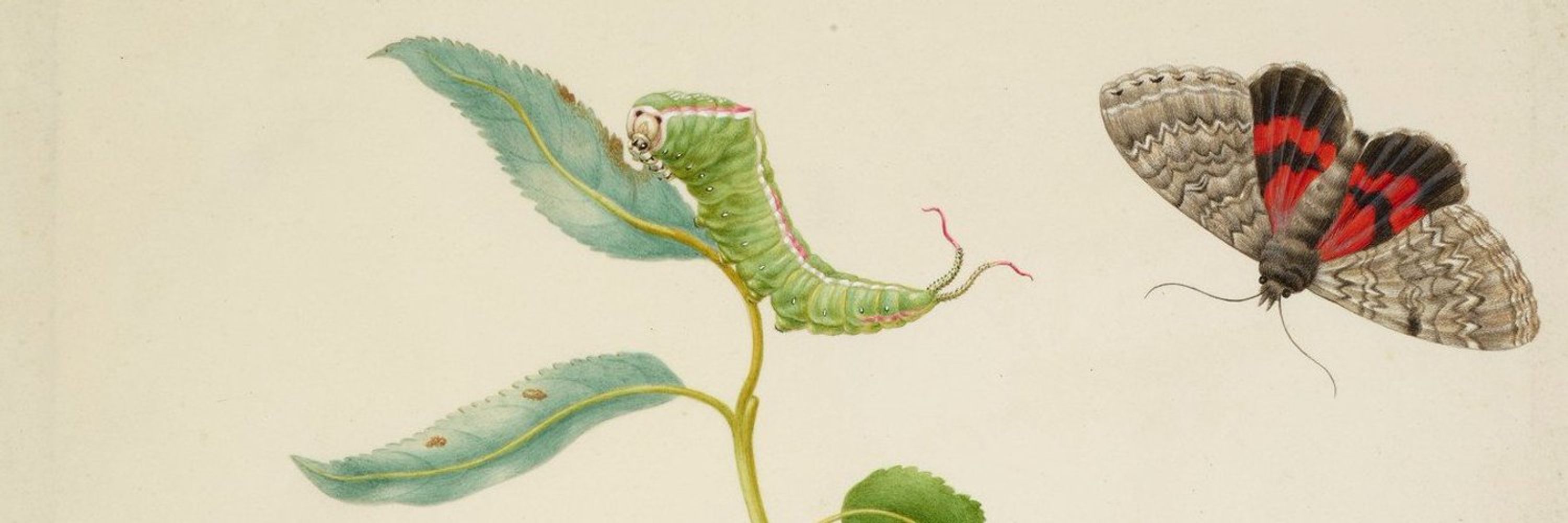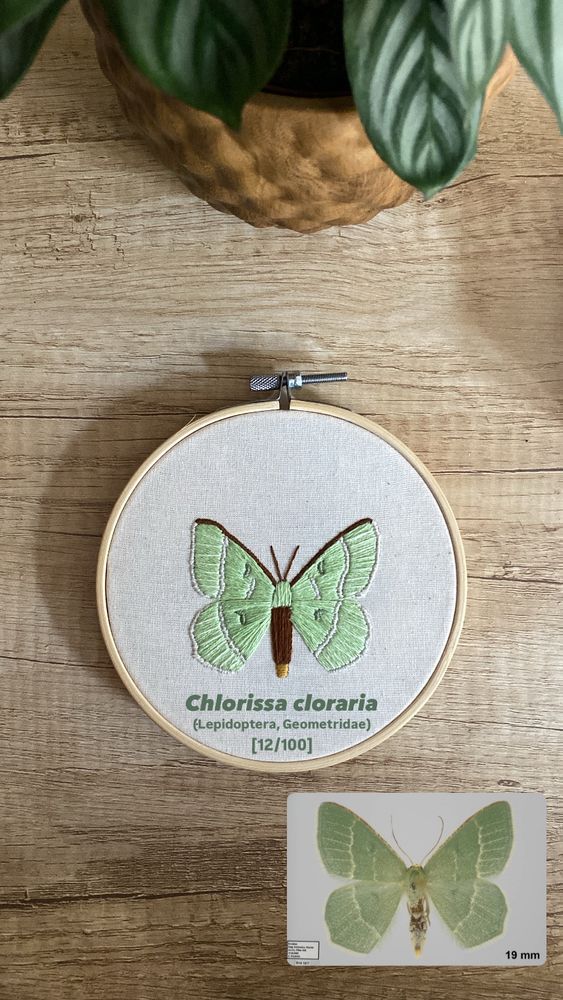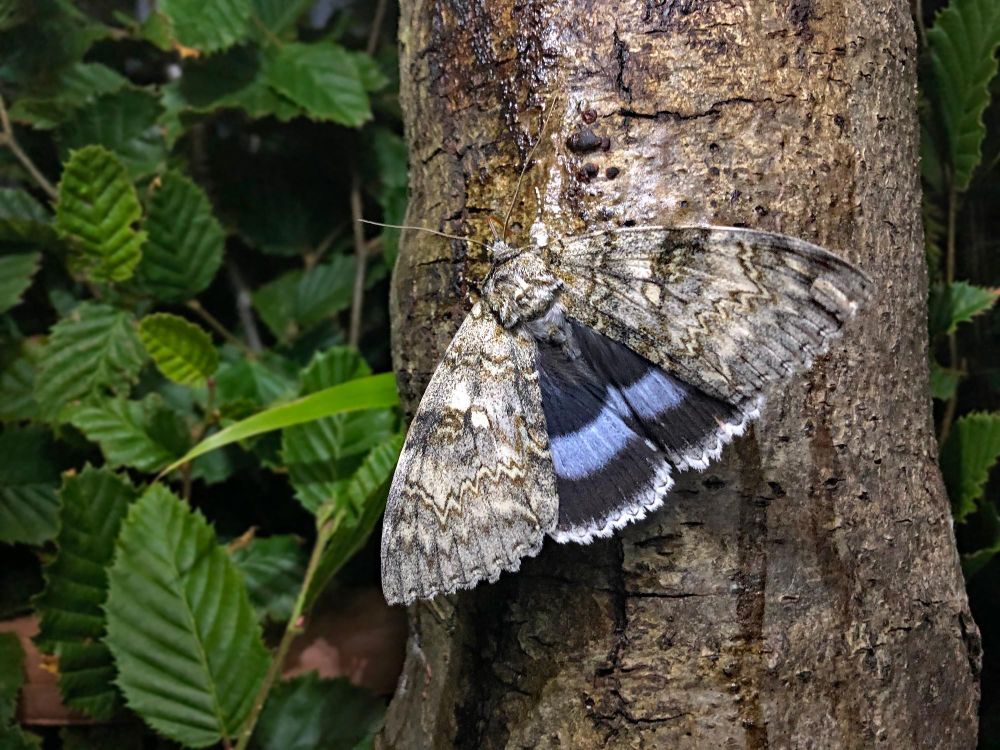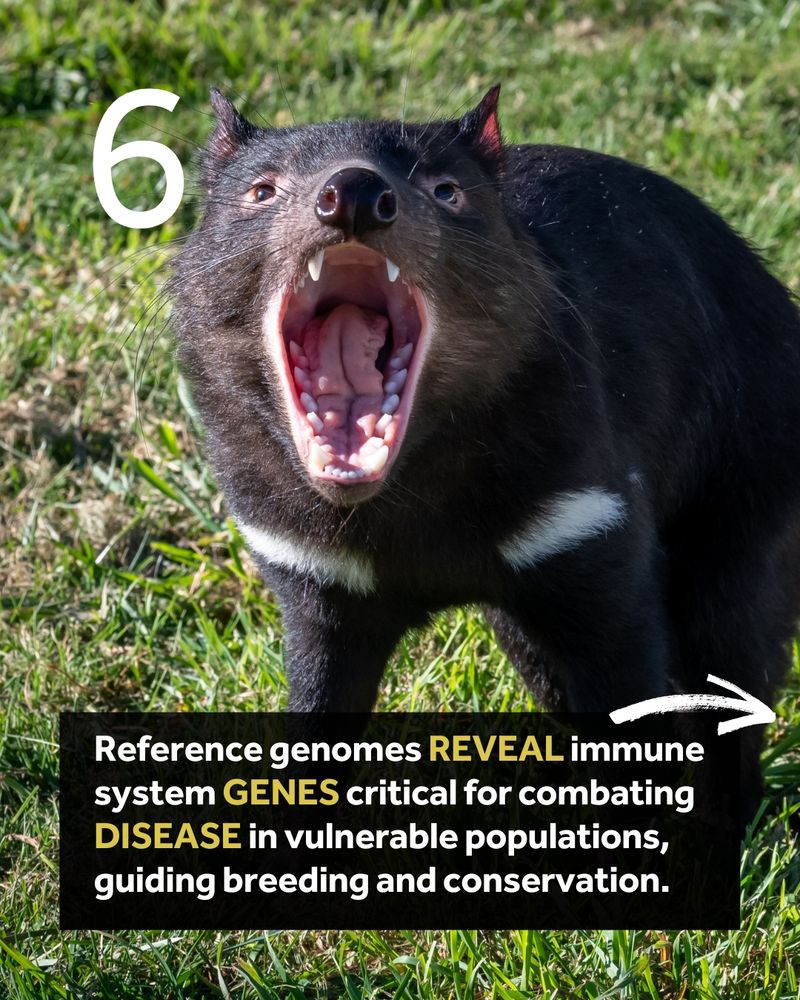Project Psyche
@projectpsyche.bsky.social
270 followers
94 following
65 posts
Sequencing the genomes of all 11,000 species of butterflies and moths across Europe. Find out more at projectpsyche.org
Posts
Media
Videos
Starter Packs
Pinned
Reposted by Project Psyche
Reposted by Project Psyche
Reposted by Project Psyche
Reposted by Project Psyche
Reposted by Project Psyche
Reposted by Project Psyche
Reposted by Project Psyche
Reposted by Project Psyche
Reposted by Project Psyche
Reposted by Project Psyche
Reposted by Project Psyche
Reposted by Project Psyche
Reposted by Project Psyche
Reposted by Project Psyche
Reposted by Project Psyche















![Sequencing the diversity of Lepidoptera found in Europe.
A. Comparison of the status of sequencing for Lepidoptera compared to the other orders within Arthropoda. Showing the ten orders with the highest numbers of chromosome-level genomes. Data derived from GoaT on 05.09.2025.
B. The tree shows family relationships between all families of Lepidoptera which have representatives in Europe. The tree structure is adapted from [54, 117]. The outer ring shows a stacked bar chart of the number of species sequenced (dark pink) out of the total number per family in Europe (light pink).
The figure was generated using iToL (https://itol.embl.de/). Representative species are shown alongside the phylogeny; Micropterix aruncella (Micropterigidae), Triodia sylvina (Hepialidae), Adela croesella (Adelidae), Tinea trinotella (Tineidae), Yponomeuta malinellus (Yponomeutidae), Notocelia
uddmanniana (Tortricidae), Apatura iris (Nymphalidae), Zygaena filipendulae (Zygaenidae),
Recurvaria leucatella (Gelechiidae), Blastobasis adustella (Blastobasidae), Parapoynx stratiotata (Crambidae), Thyatira batis (Drepanidae), Lymantria monacha (Erebidae).
C. Map of locations of sample collection hubs (yellow stars) and sequencing hubs (blue star).
Locations of member organisations that are part of the Project Psyche consortium are represented by red circles.](https://cdn.bsky.app/img/feed_thumbnail/plain/did:plc:eb4yuokm56wm7nu4lnyesv7g/bafkreiccgkkjxtibqtgkfmtgu6rdv7ylrsnd7xxvarcypcskqyglxdjpny@jpeg)





